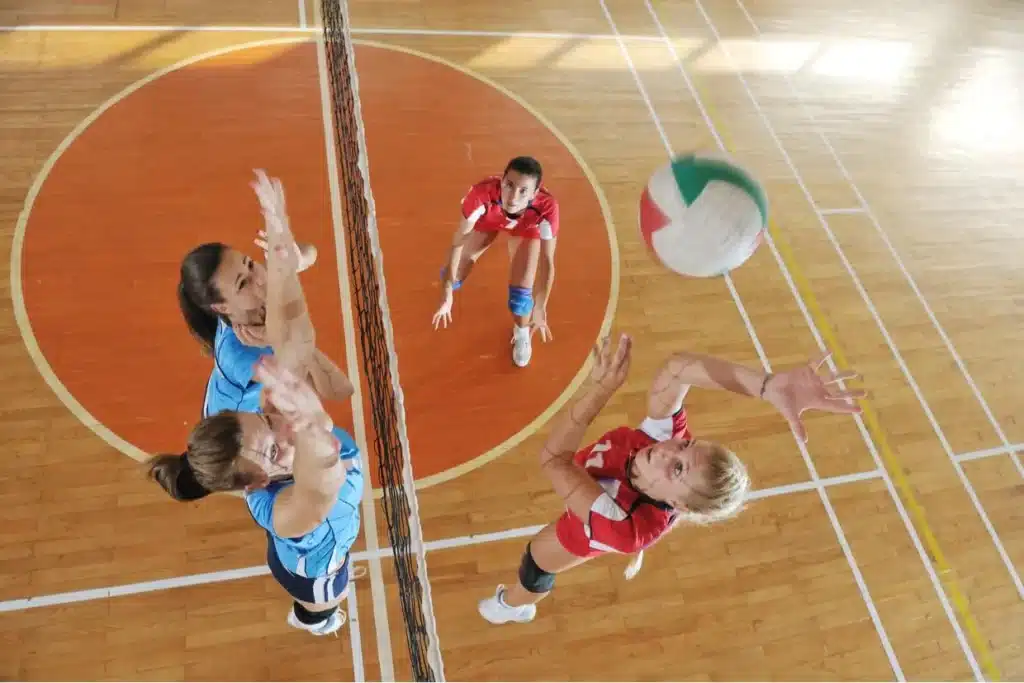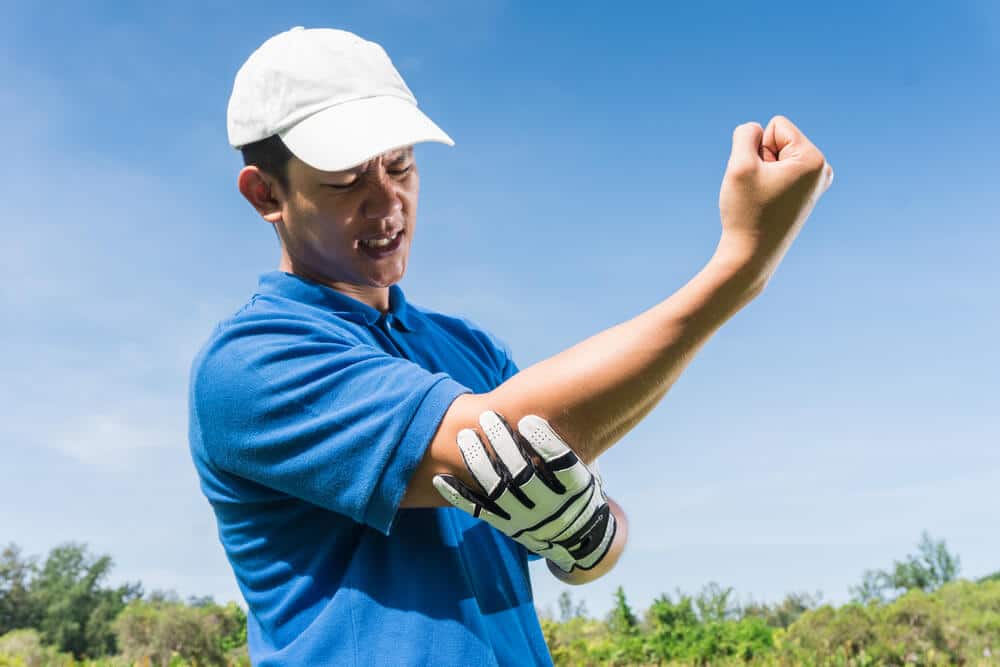This website uses cookies so that we can provide you with the best user experience possible. Cookie information is stored in your browser and performs functions such as recognising you when you return to our website and helping our team to understand which sections of the website you find most interesting and useful.

Elbow throwing injuries, also known as “thrower’s elbow” or “pitcher’s elbow,” are very common among athletes who perform repetitive overhead throwing motions, such as baseball pitchers, quarterbacks in football, javelin throwers, tennis players, and volleyball players. These injuries typically result from the repetitive stress and high forces exerted on the elbow joint.
Repetitive and forceful throwing motions significantly strain the structures of the elbow joint, including the tendons, ligaments, muscles, and bones. Over time, this can lead to microtrauma, inflammation, and damage to these structures, resulting in injury.

Elbow throwing injuries can involve various structures in and around the elbow joint, including:
Medial Epicondylitis (Golfer’s Elbow): Pain and inflammation on the inner side of the elbow due to overuse of the muscles and tendons that attach to the medial epicondyle (inner bony prominence).
Lateral Epicondylitis (Tennis Elbow): Pain and inflammation on the outer side of the elbow due to overuse of the muscles and tendons that attach to the lateral epicondyle (outer bony prominence).
Ulnar Collateral Ligament (UCL) Injury: Tears or sprains of the UCL, which is located on the inner side of the elbow and provides stability during throwing motions. UCL injuries are common among baseball pitchers and can lead to significant pain, instability, and functional limitations.
Osteochondritis Dissecans (OCD): A condition characterized by damage to the cartilage and underlying bone of the elbow joint, often resulting from repetitive stress and trauma. OCD lesions can cause pain, swelling, and limited range of motion.
Flexor Pronator Tendinitis: Inflammation or irritation of the tendons that flex the wrist and fingers and pronate the forearm, commonly seen in athletes who perform repetitive throwing motions.
Triceps Tendinitis: Inflammation or irritation of the triceps tendon, which attaches to the back of the elbow. Triceps tendinitis can cause pain and discomfort during throwing activities.
Olecranon Stress Fracture: A fracture of the olecranon (bony tip of the elbow) due to repetitive stress and strain, particularly in sports with overhead throwing motions.
contact us at Fair Oaks Orthopedics. Our professional medical staff can help you simply by calling us today.

Risk Factors: Several factors can increase the risk of developing elbow throwing injuries, including:
- Poor throwing mechanics or technique
- Overuse or excessive training without adequate rest
- Muscle weakness or imbalances in the shoulder, elbow, or forearm
- Inadequate warm-up or stretching routines
- Previous history of elbow or shoulder injuries
- Playing multiple sports that involve overhead throwing motions
Symptoms: Of elbow throwing injuries may vary depending on the specific type and severity of the injury but commonly include:
- Pain, tenderness, or discomfort in the elbow joint
- Swelling, warmth, or redness around the elbow
- Limited range of motion or stiffness
- Weakness or instability during throwing motions
- Numbness or tingling in the forearm or hand
- Decreased performance or accuracy in throwing activities
Diagnosis: Rlbow-throwing injuries typically involve a thorough medical history, physical examination, assessment of throwing mechanics, and imaging studies such as X-rays, MRI, or ultrasound to evaluate the extent of damage and rule out other underlying conditions.
Treatments: The goal is to reduce pain, inflammation, and further damage to the affected structures, as well as promote healing and restore function.
Common treatment options may include:
Rest: Avoiding or modifying activities that exacerbate symptoms
Ice therapy: Applying ice packs to the affected area to reduce pain and swelling
Anti-inflammatory medications: Over-the-counter or prescription medications to alleviate pain and inflammation
Physical therapy: Rehabilitation exercises and stretching routines to improve strength, flexibility, and throwing mechanics
Activity modification: Gradual return to throwing activities with proper technique and appropriate rest intervals
Bracing or taping: Using supportive braces or taping techniques to stabilize the elbow joint during throwing motions
Injections: Corticosteroid injections or platelet-rich plasma (PRP) injections to reduce inflammation and promote healing in severe cases
Surgery: This may be necessary for severe or persistent elbow throwing injuries, such as UCL reconstruction (Tommy John surgery) for significant tears of the UCL or osteochondral procedures for OCD lesions.
Prevention: To prevent elbow throwing injuries, athletes should focus on proper conditioning, technique, and recovery strategies, including:
- Gradual progression of throwing volume and intensity
- Incorporation of appropriate warm-up and stretching routines
- Implementation of strength training and conditioning exercises to improve muscular endurance and stability
- Maintenance of overall physical fitness and flexibility
- Adherence to pitch count guidelines and rest recommendations
- Avoidance of excessive throwing or playing through pain
- Regular evaluation of throwing mechanics and biomechanical analysis
Recovery: Recovery from elbow throwing injuries can vary depending on the severity of the injury, individual factors such as age and overall health, and adherence to treatment and rehabilitation protocols. With appropriate care and rehabilitation, most athletes can expect to return to throwing activities gradually over time. However, it’s essential to prioritize long-term joint health and injury prevention to minimize the risk of recurrent or chronic elbow throwing injuries.
Mon 8:00 am – 4:30 pm
Tue 8:00 am – 4:30 pm
Wed 8:00 am – 4:30 pm
Thu 8:00 am – 4:30 pm
Fri 8:00 am – 4:30 pm
Sat Closed
Sun Closed

